The changing industrial landscape of Britain
- Published
John Davies is an influential British landscape photographer who has been photographing Britain's industrial heritage since the early 1980s.
Davies has documented both rural and urban locations associated with industries such as coal mining, textiles, shipping and steel.
Working in black and white and from an elevated viewpoint, his images reveal the infrastructure of railways, roads, canals and rivers which the industries relied on.
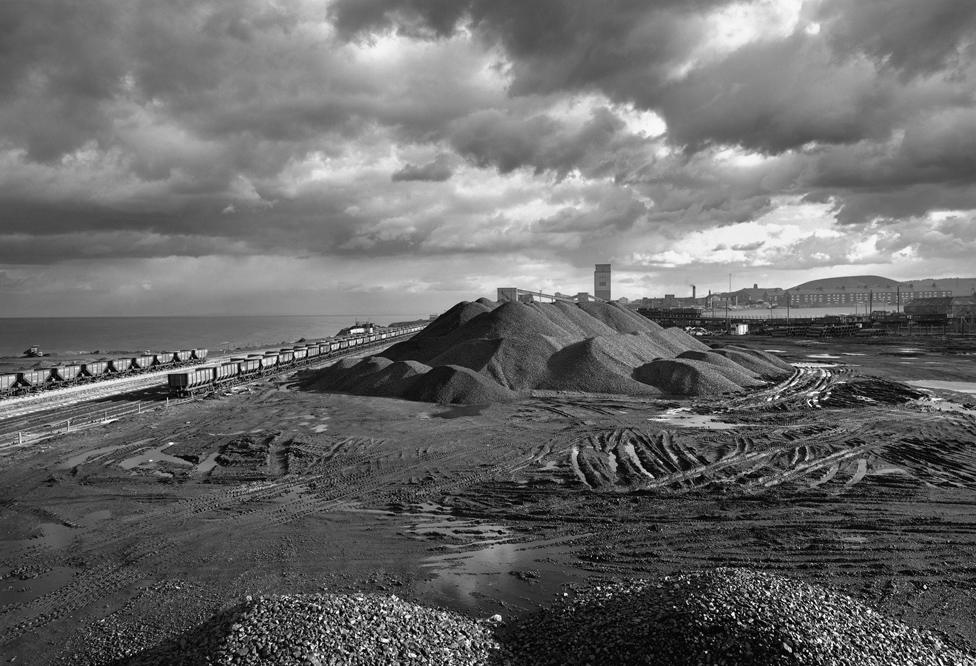
Coal Stock Piles, Dawdon Colliery, Seaham, England 1983


Car Park Enclosure, Seaham, England 2004

Though originally photographing the rural landscape, in 1981 he started documenting industrial landscapes at a time when British traditional heavy industries were in decline.
He set out to document industrial sites such as cotton mills before they were demolished. Over time, his work has come to reveal how urban infrastructure in Britain has changed.
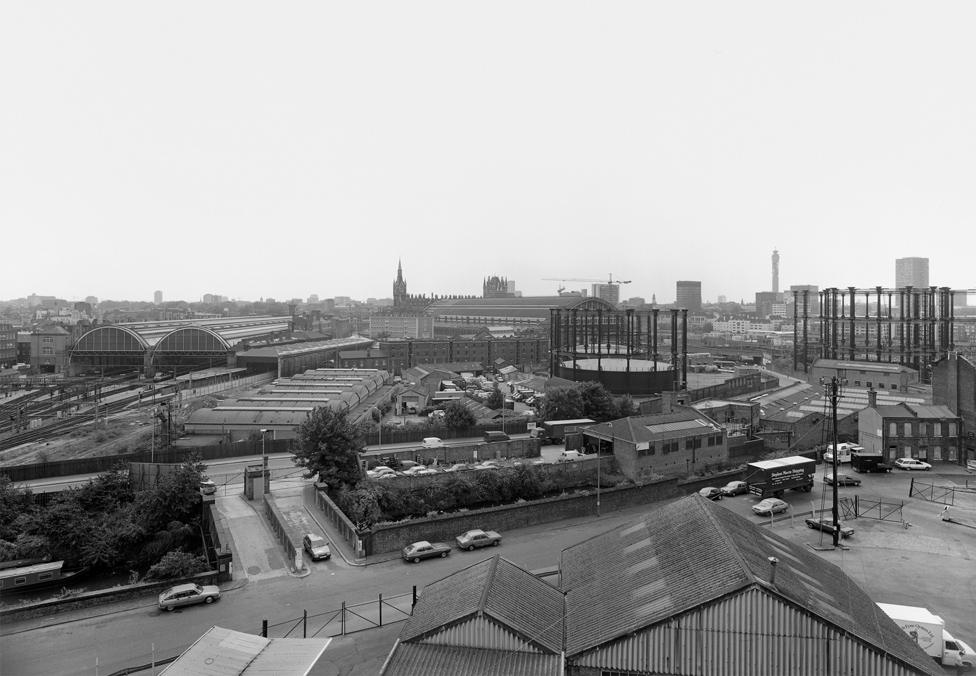
Goods Way, Kings Cross, London, England 1988

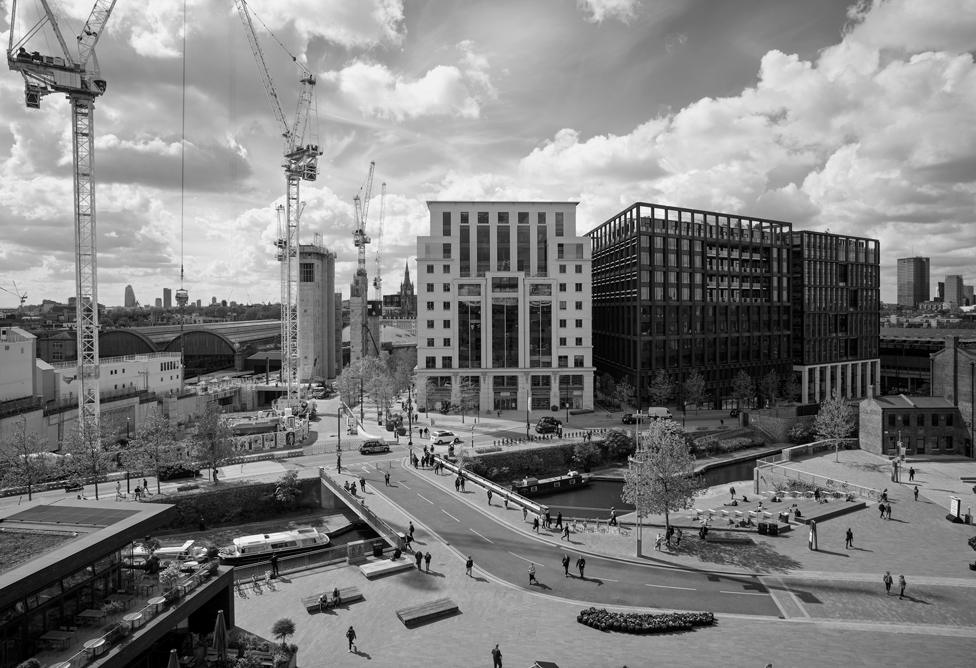
Goods Way, Kings Cross, London, England 2019

In his pictures, older heavy industries have given way to new industries, housing developments and offices, which reflect the growth of the service sector.
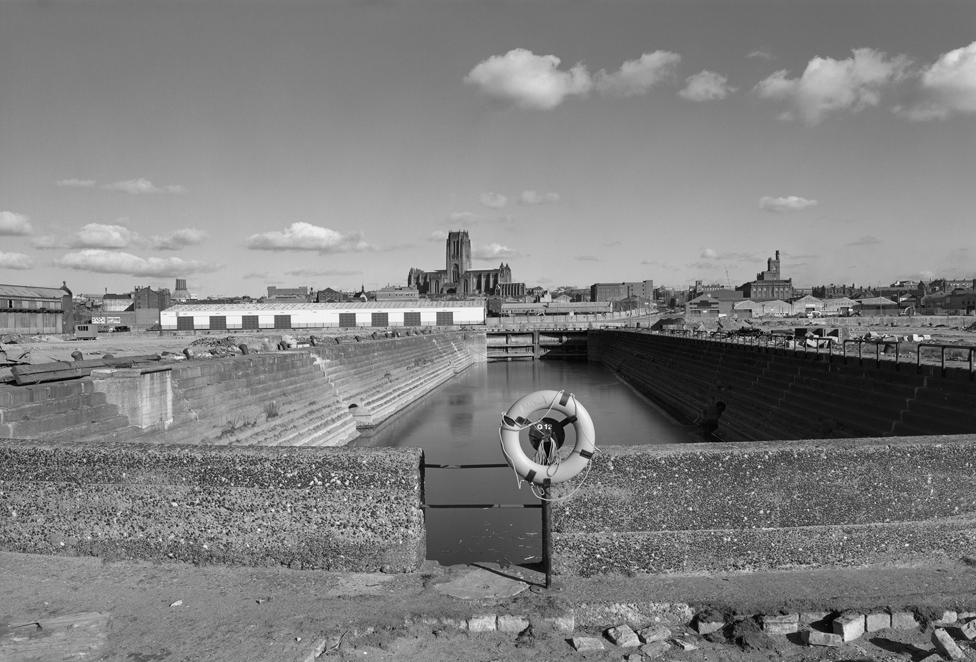
Queens Graving Dock, Liverpool, England 1986

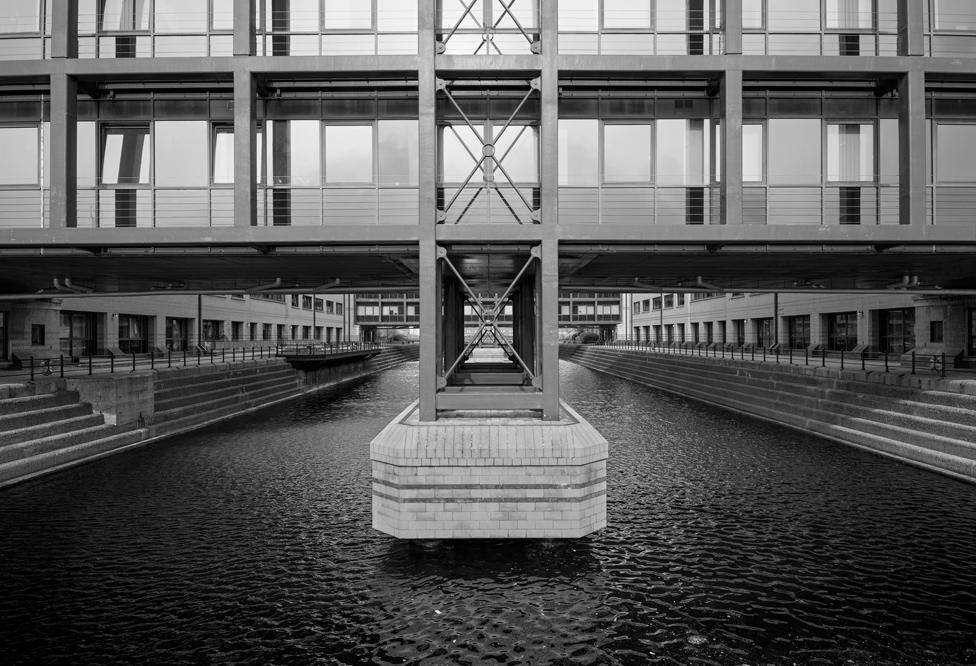
The Keel, Former Graving Dock, Liverpool, England 2019

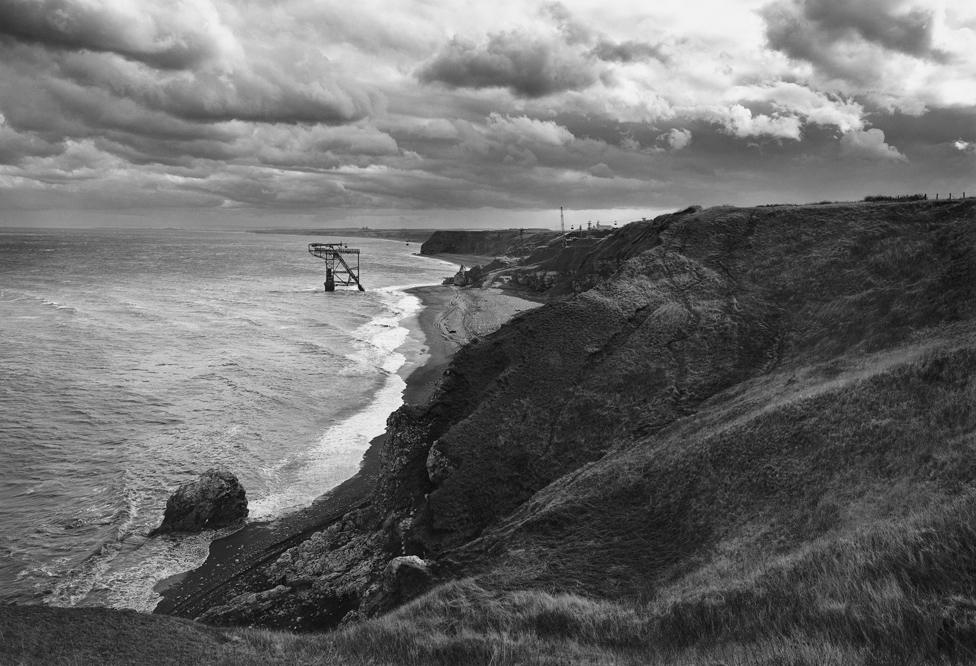
Aerial Ropeway, Easington Colliery, England 1983

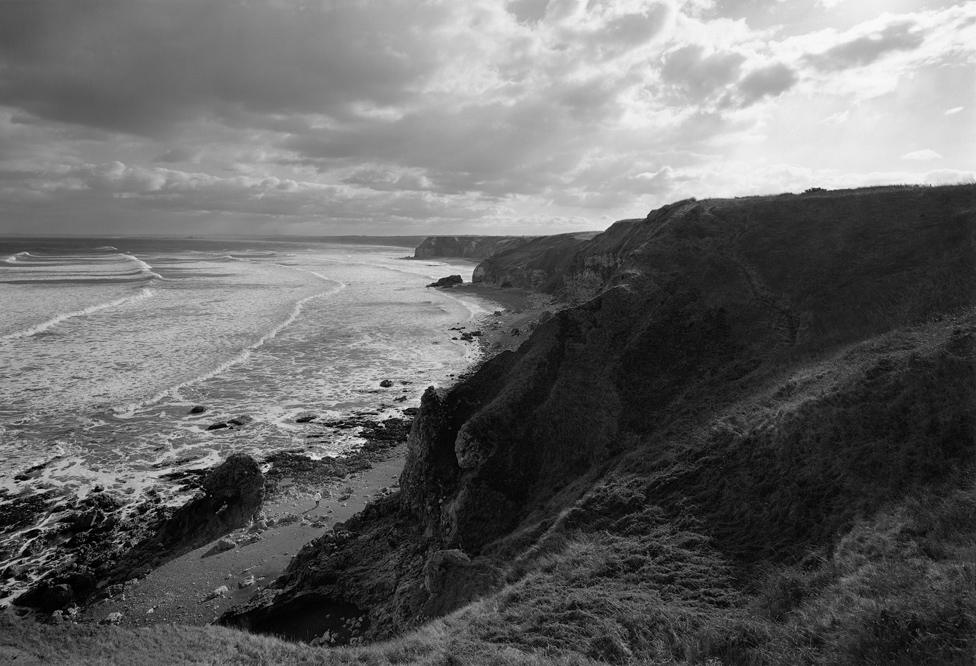
Site of Aerial Ropeway, Easington Colliery, England 2004

Rather than show a static and idealised rural view of the British countryside, he depicts a landscape that has been shaped by human activity and reshaped by social and economic changes.
John Davies has stated that: "We are collectively responsible for shaping the landscape we occupy and in turn the landscape shapes us, whether we are aware of it or not."
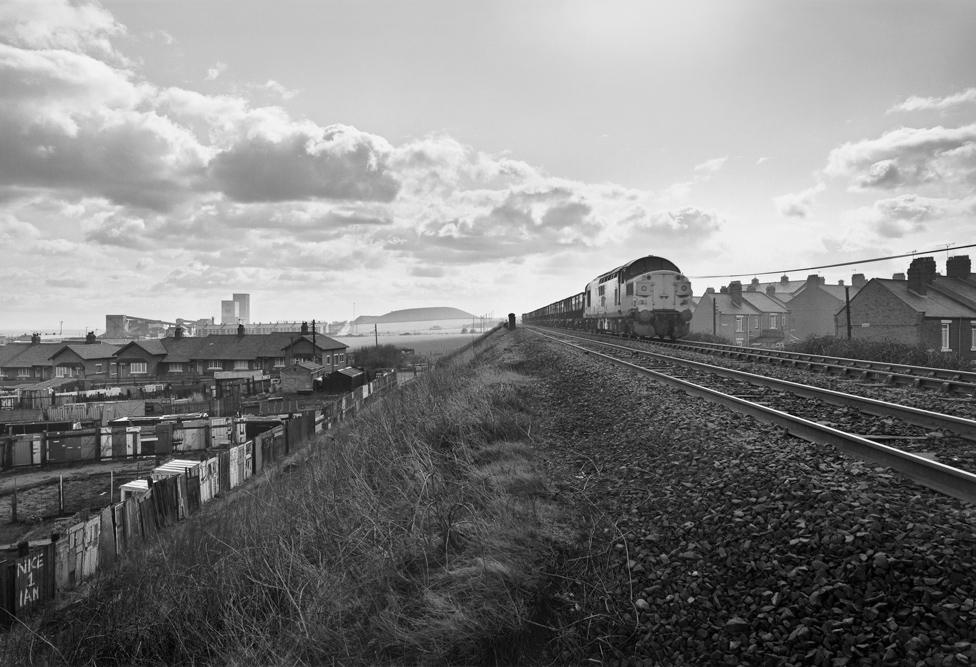
Coal Train and Dawdon Colliery, Seaham, England 1983


Commuter Train, Seaham, England 2004

John Davies' landscape work has been collected in a book Retraced 81/19, published by GOST books.
All Photographs copyright John Davies, courtesy Michael Hoppen Gallery.